There is quite a bit you got right - most trace lengths and widths are what they should be, and the layout is quite neat. The power distribution is about as good as it can be on a 2-layer board - well done. I'd give the layout a 95%, and the schematic a 25% grade.
On the PCB, the traces from gate drivers to gates are unnecessarily long. I also don't see any stitching of grounds between front and back plane (if those are both grounds - if not, there's trouble).
If a circuit has discrete mosfets, yet no mosfet symbols are in sight, something is fundamentally wrong. It is a glorified netlist, not a schematic.
On the latter, one could actually follow a signal from e.g. an external input to the CPU, just going along lines, maybe jumping one level in the sheet hierarchy.
Global labels are a fallback and are meant to improve readability, not to be a default way of showing connections. Schematic diagrams are a means of graphically communicating ideas. Sadly, the schematics are barely more readable than a SPICE printout on a line printer from late 60s.
For the schematic, it may be easier to start over, and make it understandable without drawing boxes around trivial stuff. Schematics speak without too many words. They are a graphical language. The words belong in the theory of operation, and even then a good schematic laid out to present basic building blocks in familiar forms goes a long way towards painting a clear mental picture without reading anything just yet. If every trivial thing on a schematic has to be described, then the schematic has failed at its most fundamental job: that of technical communication.
The black boxes are like useless comments in software that explain obvious things for anyone knowing the language, but do nothing to explain the why and what for. Like "analog power filter": anyone who saw a power filter will know what it is. What we won't know is how it figures in the big picture.
Get rid of the boxes, and you're left with disconnected ideas. See the problem now? Make the schematic work without boxes. You'll often find that they are not needed at all. Or, instead of boxes, you can just put headers above sections of the circuit. Just like in a book you know that a chapter heading precedes the text. So on a schematic: a section heading above what it describes does its job perfectly. If the heading text is vertical, it should still usually be above what it describes when the schematic is rotated so that the text is right-side-up.
As is, without doing what amounts to a word search, it's impossible to just glance at the schematic and know where the input power comes from, where it goes, etc. Whereas I have many schematics of systems much more complex than this one, yet the schematic does the job of explaining 90% of it, and the guesses get confirmed when you read the theory of operation section.
Draw all power circuits on one sheet, so that the flow of supply and high currents across the boundary of the PCB (all off-board connections) can be followed. No boxes that interrupt the visual flow.
I have no idea what's the difference between the blue "roadsign" ports and the black symbols with same text on them. Maybe it's some weird "EasyEDA" convention, but that only means they have no idea how to draw schematics. I'd say: don't study their examples too hard. They are bad.





